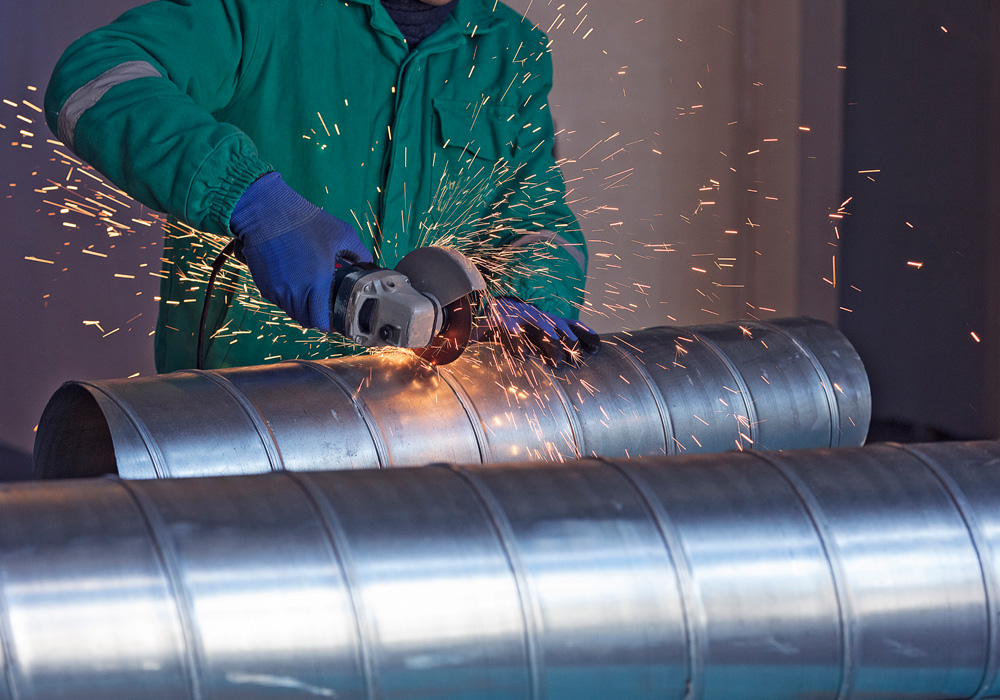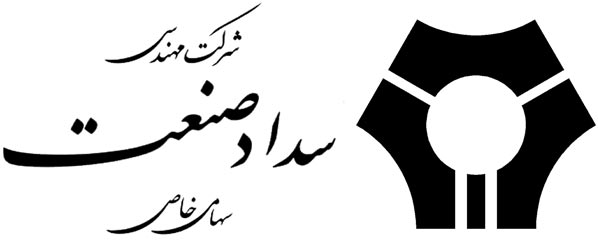
Scrap, the balance in the steel chain
According to the Mehr correspondent, Mehrshad Khamseh, a steel expert, wrote in a note sent to Mehr News Agency: Scrap is one of the most important elements in steel production. The issue of scrap in the world is of particular importance due to its limited resources and increasing price day by day. On the other hand, in Iran, due to the low per capita consumption of steel, concerns about the supply of scrap required both now and on the horizon of 1404 have increased.
Per capita steel consumption in the world is considered as one of the indicators of development of countries. Iran, with a per capita steel consumption of about 200 kilograms, is slightly above the world average, but compared to developed countries, it has a long way to go. The most important reason is the useful life of products. For example, a building in China is demolished after 7 years, but this number is about 30 years in Iran. Or in South Korea, which has the highest per capita steel consumption in the world, a car will be scrapped after 7 years, while 15-year-old cars can easily travel in Iran. This long interval will reduce per capita consumption.
There are many contradictory statistics regarding the amount of scrap production in the country. Assuming a per capita steel recovery of 25 kg and a population of 80 million, about 2 million tons of scrap will be produced in the country. Meanwhile, the country’s steelmakers’ needs are currently around 3 to 4 million tons. However, there is an average of 1.5 million tons of scrap scrap in the country, which has made the steelmaker increase the percentage of sponge iron in the furnace. This will have a negative impact on Iran’s steel chain, both in the short and long term. With the reduction of scrap consumption, the consumption of sponge iron and consequently the consumption of iron ore, which is an non-renewable resource, will inevitably increase. As current iron ore exports continue unabated, our mines will meet the needs of steel mills for a short time (about 10 years) after 1404.
Scrap shortages alone can disrupt all steel chain calculations to achieve the horizon. In Iran, in addition to induction furnaces that use almost 100% scrap, about 10% of scrap is used in arc and long furnaces on average. It should be noted that this figure is 40% on average in most active steel countries. In order to produce 55 million tons of steel on the horizon of 1404, assuming scrap consumption of about 20% of the furnace, approximately 11 million tons of scrap will be needed in the country. According to forecasts, if the per capita scrap recycling per capita in 1404 is about 40 kg and the country’s population is about 90 million people, about 3.6 million tons of scrap will be produced, which in no way can meet the needs of the steel landscape. For this reason, special arrangements must be made in this regard.
The interesting thing is that the officials are indifferent to the issue of scrap. According to surveys, almost all scrap iron is subject to a 5% import tariff. Why is a commodity that is in short supply in the country and has high demand, as well as the added value of it (steel production), subject to a 5% tariff? In 1995, however, the import tariff for scrap, which was in high demand at the time, was 15 percent.
During the year of protection of Iranian goods and domestic production, the government should facilitate the import of all kinds of scrap into the country without imposing tariffs, and should also ban the export of scrap needed for steelmaking. Unfortunately, the scrap market, instead of being controlled by the government, is in the hands of brokers who buy scrap at low prices and export it to countries such as Turkey with high profits. On the other hand, it is better for the government to act dynamically in implementing tariff policies and to impose tariff laws in any time situation by monitoring the domestic and foreign markets.
Another important step to be taken to achieve the steel outlook is to identify foreign scrap markets in order to import this valuable material. Recently, with the continuation of the US trade war as the world’s largest exporter of scrap with Asian countries and support for domestic steelmakers, scrap consumption in the United States has increased and exports have fallen sharply. As the supply of this substance decreases and the demand continues to increase, the price of this substance is increasing and has reached the limit of $ 365 per 1 ton.
Therefore, it is not easy to provide the country’s scrap deficit and it needs to establish a strong relationship with its exporters. It should be noted that eliminating the problem of scrap will reduce the use of iron ore resources and create a balance in the steel chain if:
